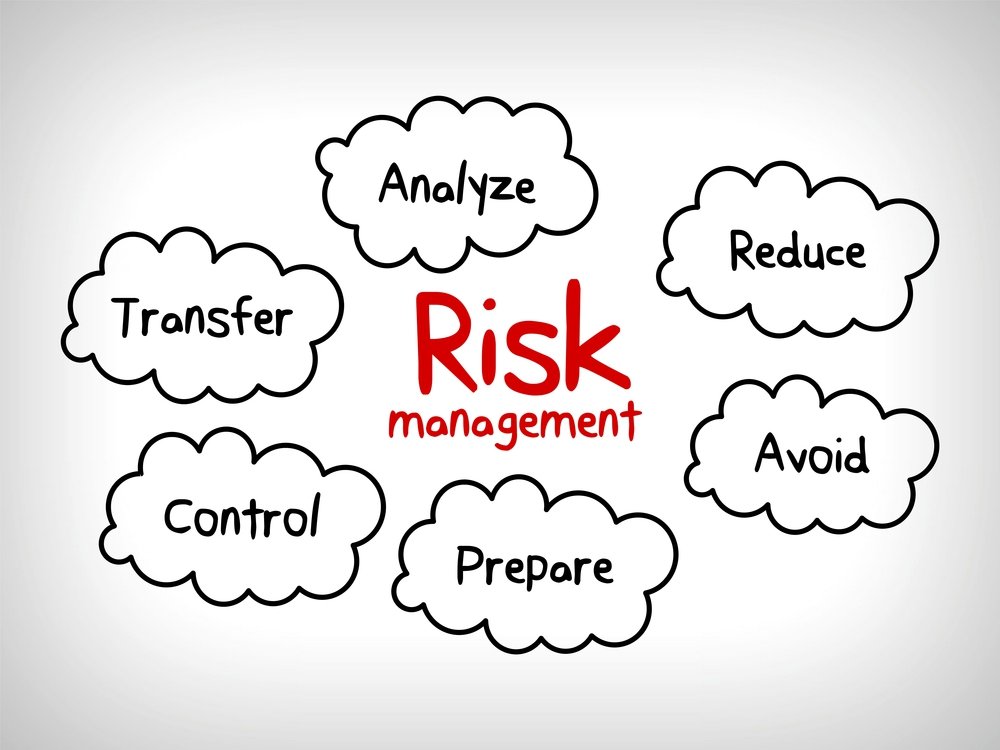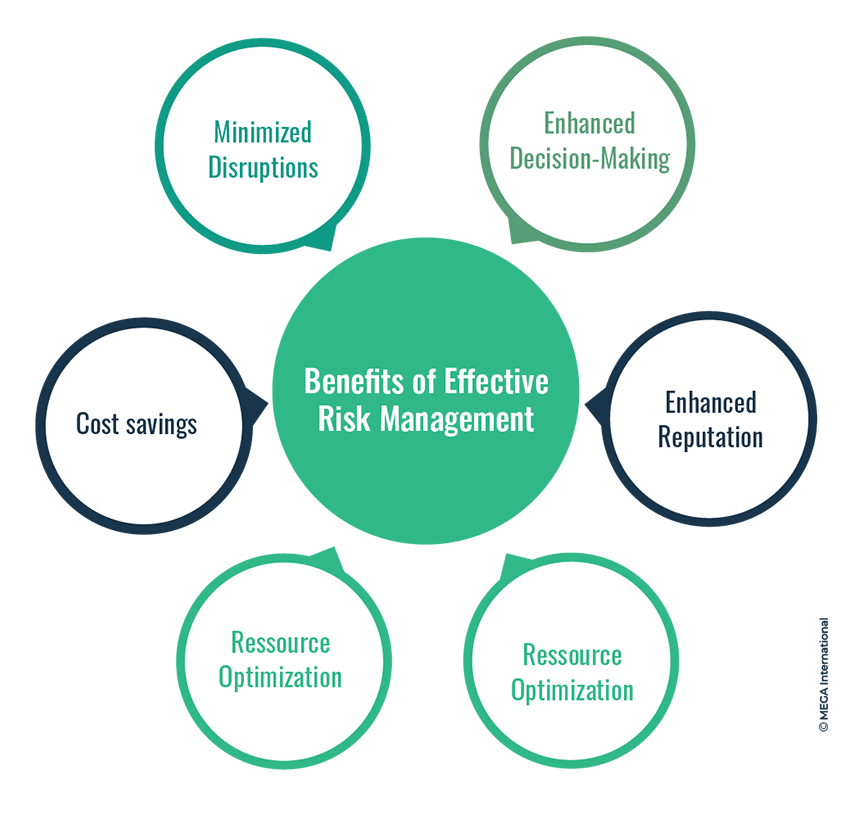The Undeniable Importance of Risk Management in Safeguarding Organizational Success
The Undeniable Importance of Risk Management in Safeguarding Organizational Success
Blog Article
Checking out the Importance of Risk Management for Effective Decision-Making Techniques
In the detailed world of company, Risk Management becomes a critical aspect in the decision-making procedure. The capability to determine potential dangers and possibilities, and strategize appropriately, can lead to the difference in between success and failure. With tools such as SWOT and PESTEL, companies are equipped to make informed options, cultivating resilience and flexibility in an ever-changing environment. Wondering exactly how this functions? Allow's unpack the dynamics better.
Recognizing the Principle of Risk Management
Risk Management, a vital part in decision-making, is commonly misinterpreted or oversimplified. Normally, it refers to the identification, examination, and prioritization of risks to decrease, keep an eye on, and regulate the likelihood or impact of regrettable events. Nevertheless, it's not simply regarding stopping unfavorable results, however also regarding recognizing possible chances. Risk Management entails regimented and structured methods, utilizing data and informative evaluations. It needs an extensive understanding of the company's context, goals, and the potential risks that can obstruct them. From financial unpredictabilities, lawful obligations, calculated Management mistakes, to mishaps and natural calamities, it attends to various risks. Importantly, efficient Risk Management is not stagnant; it's a continuous, progressive procedure that progresses with transforming scenarios.
The Function of Risk Management in Decision-Making Processes
In the realm of critical preparation and service procedures, Risk Management plays an important role in decision-making processes. It assists in identifying potential dangers and unpredictabilities that could influence the achievement of company purposes. By mapping these risks, companies can develop methods to mitigate their impact, making sure business continuity and stability. Risk Management hence ends up being a vital tool in decision-making, assisting leaders to make educated selections based upon a comprehensive understanding of the risks involved. It motivates a positive technique, making it possible for companies to prepare for and prepare for possible future scenarios. This substantially minimizes the chance of adverse effects, advertising a lot more reliable and reliable decision-making methods. As a result, Risk Management functions as an important component in the decision-making processes of any company.

Just How Risk Management Boosts Strategic Preparation
In the context of calculated preparation, Risk Management plays an essential role. Launching with the recognition of potential dangers, it better reaches the implementation of Risk mitigation steps. The duty of Risk Management is dynamic but not static, as it demands consistent surveillance and adjusting of techniques.
Determining Possible Dangers

Executing Risk Mitigation
Having established the significance of determining prospective dangers, the next step is to check out Risk mitigation. This process includes establishing and executing techniques to handle determined risks efficiently. It is an important element of calculated planning as it improves decision-making by reducing potential negative end results. Risk mitigation techniques can vary from Risk evasion, Risk transfer, to take the chance of reduction. Each strategy needs to be tailored to the specific Risk, considering its possible impact and the company's Risk resistance. Furthermore, reliable Risk mitigation calls for a deep understanding of the Risk landscape and the prospective impact of each Risk. This understanding makes it possible for organizations to focus on dangers and assign sources effectively, making sure that the most significant hazards are attended to first.
Tracking and Readjusting Techniques
Though Risk mitigation is a vital action in calculated preparation, constant tracking and modification of these approaches is just as vital. It additionally supplies a chance to examine the success of the Risk Management actions, permitting modifications to be made where required, more enhancing critical planning. Tracking and changing Risk Management strategies is a crucial component for boosting a company's durability and tactical planning.
Case Researches: Effective Risk Management and Decision-Making
In the world of service and financing, successful Risk Management and decision-making typically work as the pillars of prosperous enterprises. One such entity is a multinational oil firm that minimized economic loss by hedging versus varying oil prices. In another instance, a technology start-up prospered by determining and accepting risky, high-reward methods in a volatile market. A Continue global financial institution, faced with regulatory unpredictabilities, efficiently navigated the scenario with positive Risk evaluation and dynamic decision-making. These cases highlight the value of sharp Risk Management in decision-making processes. It is not the absence of Risk, but the Management of it, that frequently distinguishes effective business from unsuccessful ones. These instances highlight the crucial duty of Risk Management in tactical decision-making. importance of risk management.
Devices and Strategies for Efficient Risk Management
Browsing the intricate labyrinth of Risk Management needs the appropriate set of devices and techniques. These tools, such as Risk signs up and heat maps, help in recognizing and assessing potential risks. Methods include both measurable techniques, like sensitivity analysis, and qualitative approaches, such as SWOT analysis. These aid in prioritizing dangers based upon their possible impact and possibility. Risk feedback strategies, a crucial part of Risk Management, include approving, preventing, moving, or mitigating dangers. Surveillance and managing dangers, via normal audits and reviews, guarantee that the techniques stay effective. With these devices and strategies, decision-makers can browse the complex landscape of Risk Management, therefore assisting in educated and reliable decision-making.
Future Trends in Risk Management and Decision-Making Techniques
As we check out the large landscape of Risk Management, it becomes noticeable that the techniques and tools made use of today will certainly remain to develop. Future patterns direct towards a boosted dependence on technology, with synthetic intelligence and artificial intelligence playing substantial functions. These innovations will enable companies to anticipate potential threats with higher accuracy and make even more informed choices. Furthermore, there will certainly be an expanding emphasis on durability, not just in taking care of dangers but additionally in bouncing back from adverse circumstances. The concept of Risk culture, where every participant of an organization is conscious and involved in Risk Management, will acquire more prominence. These trends advertise an even more comprehensive and proactive technique in the direction of Risk Management and decision-making.
Conclusion

Risk Management thus becomes a crucial tool in decision-making, helping leaders to make informed selections based on a detailed understanding of the dangers involved. Risk reduction techniques can range from Risk avoidance, Risk transfer, to risk reduction (importance of risk management). Reliable Risk mitigation requires a deep understanding of the Risk landscape and the prospective impact of see this website each Risk. Risk response approaches, a vital element of Risk Management, involve approving, staying clear of, transferring, or mitigating risks. The principle of Risk society, where every participant of an organization is mindful and entailed in Risk Management, will certainly acquire more importance
Report this page